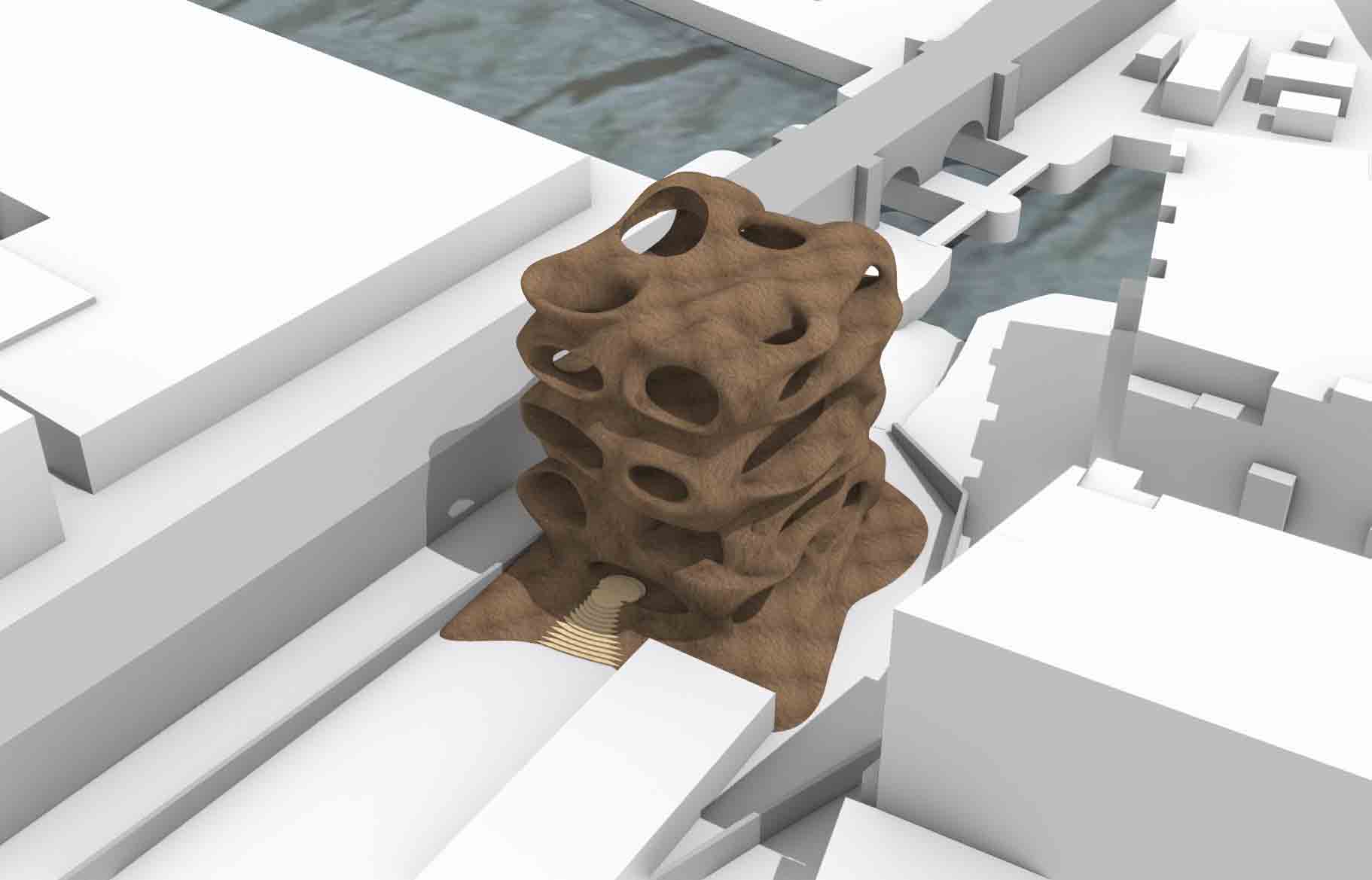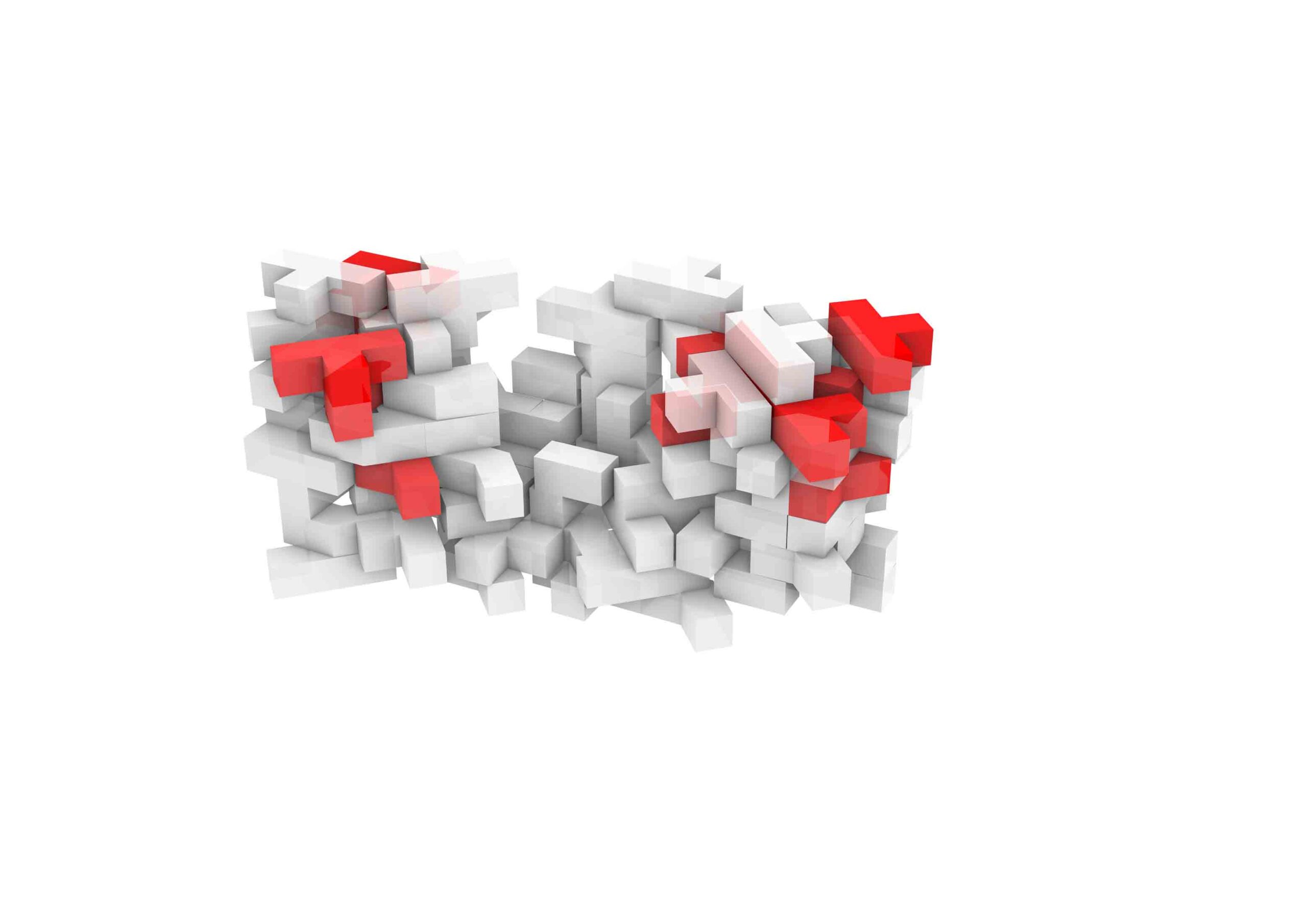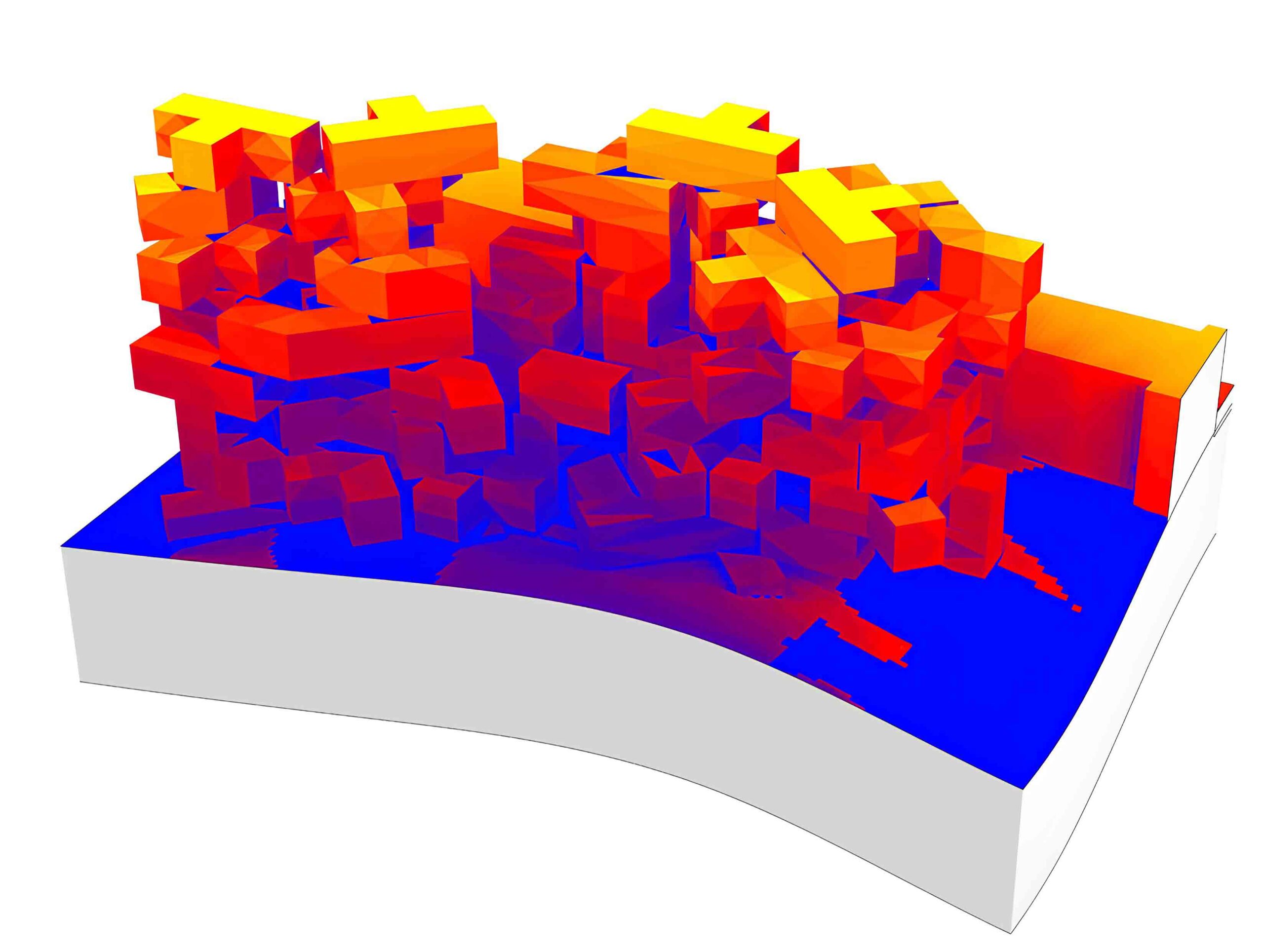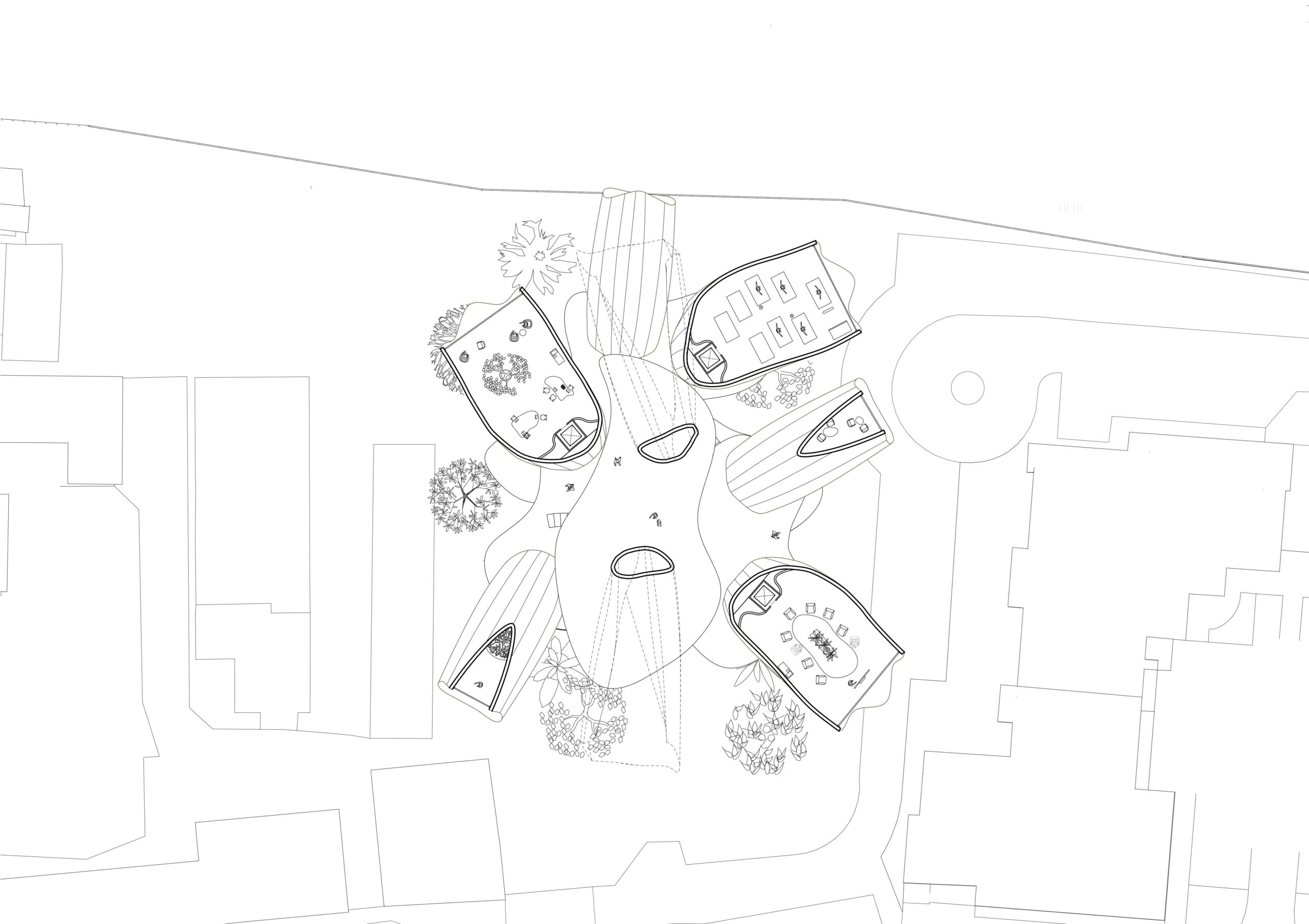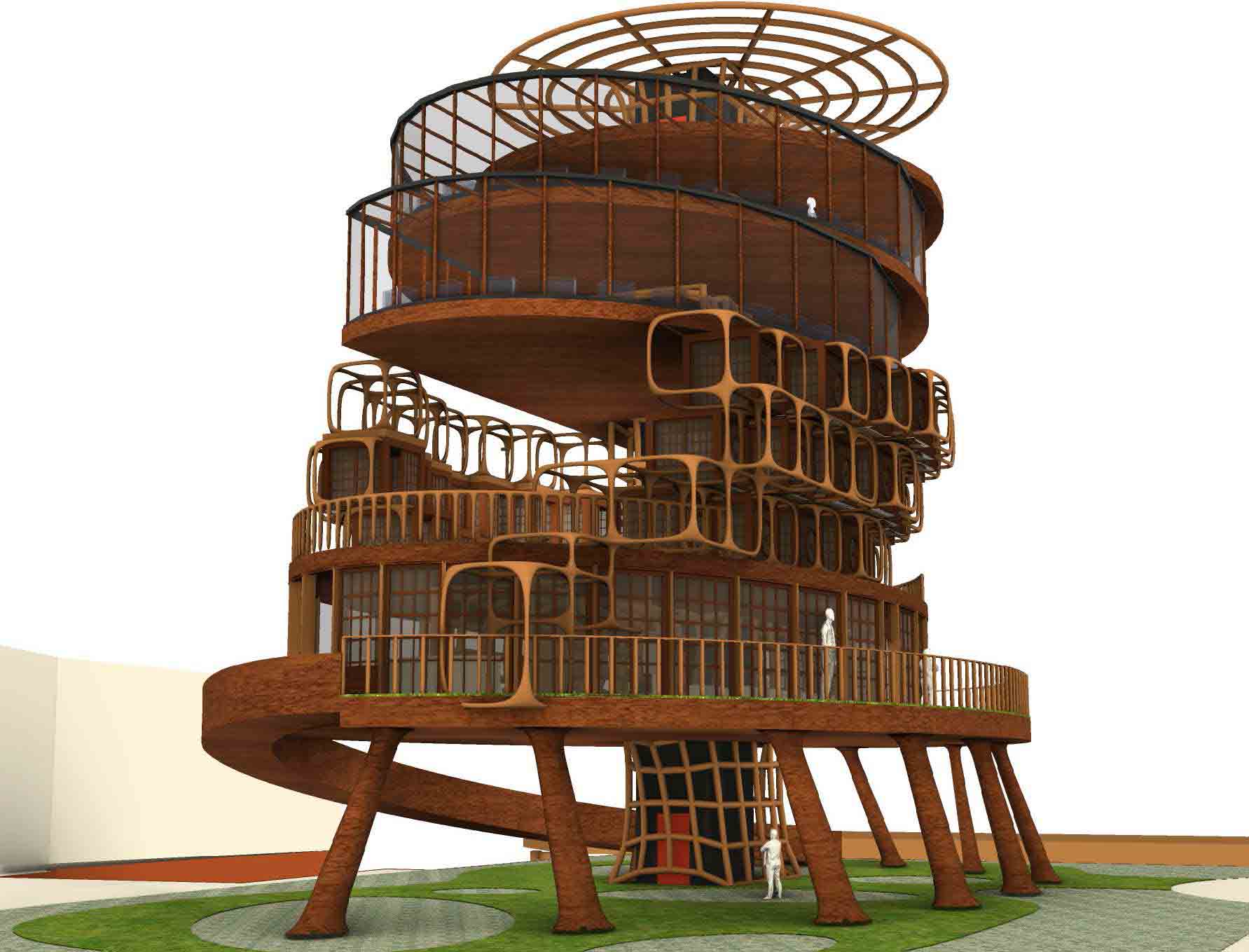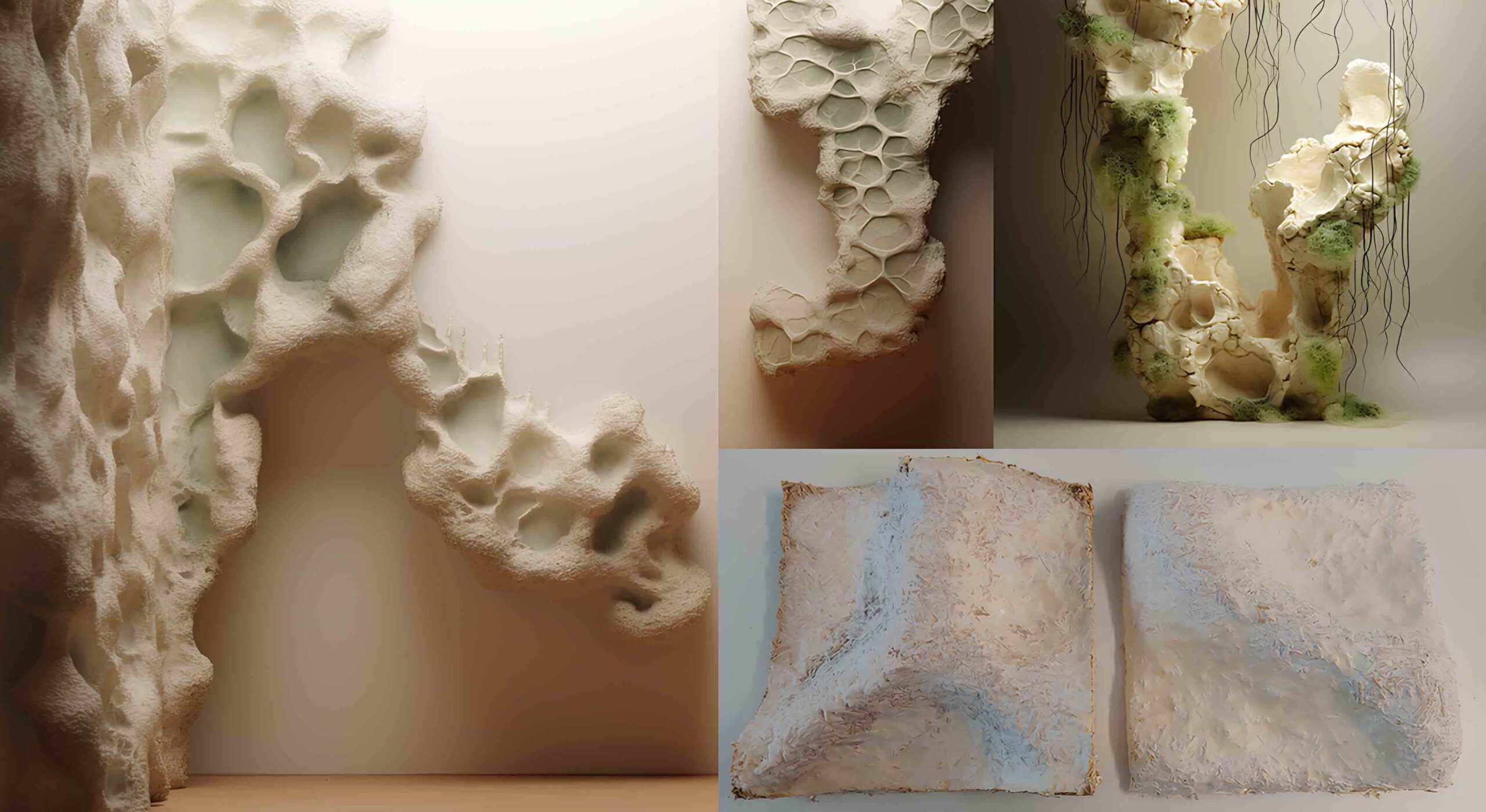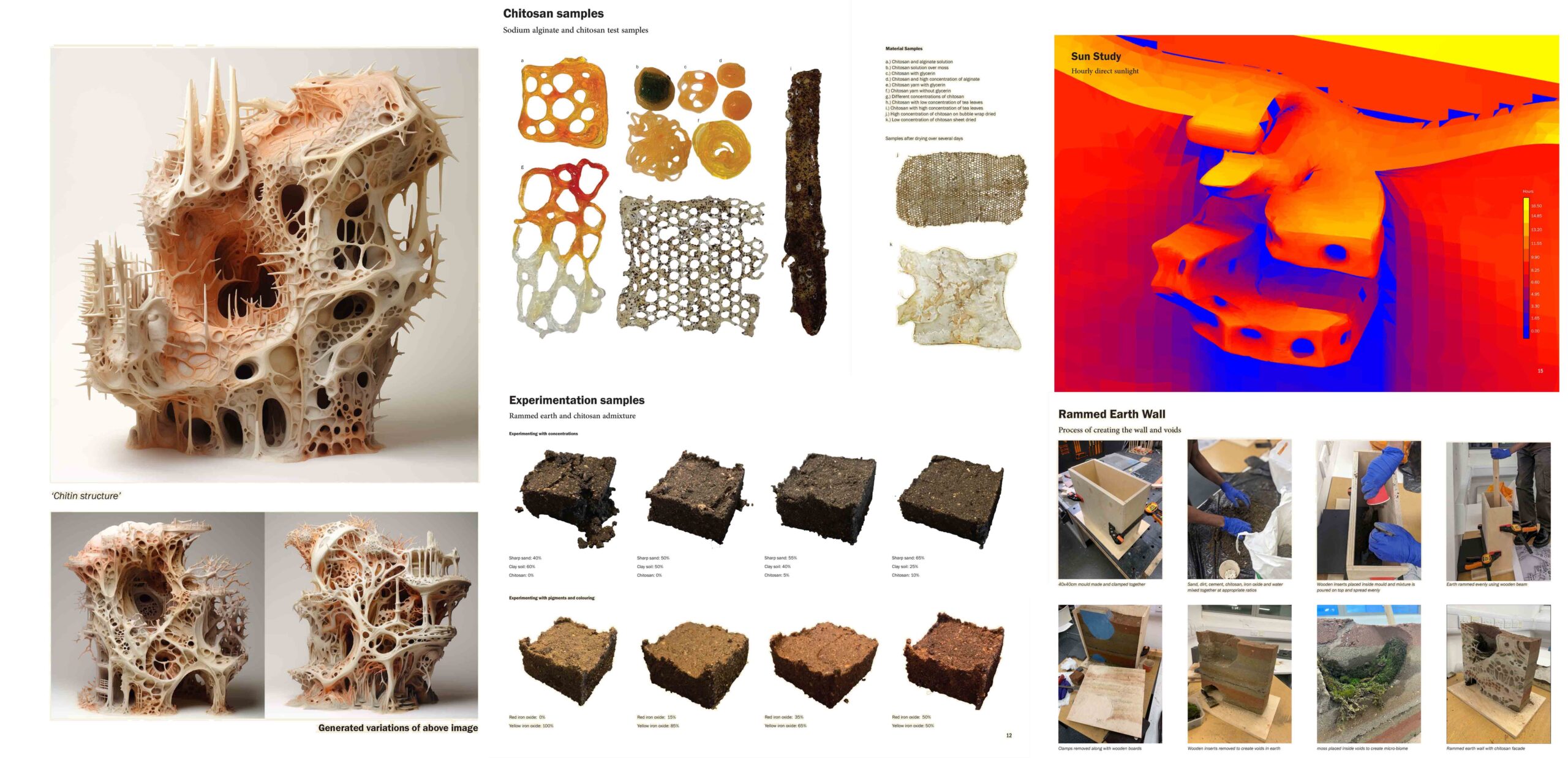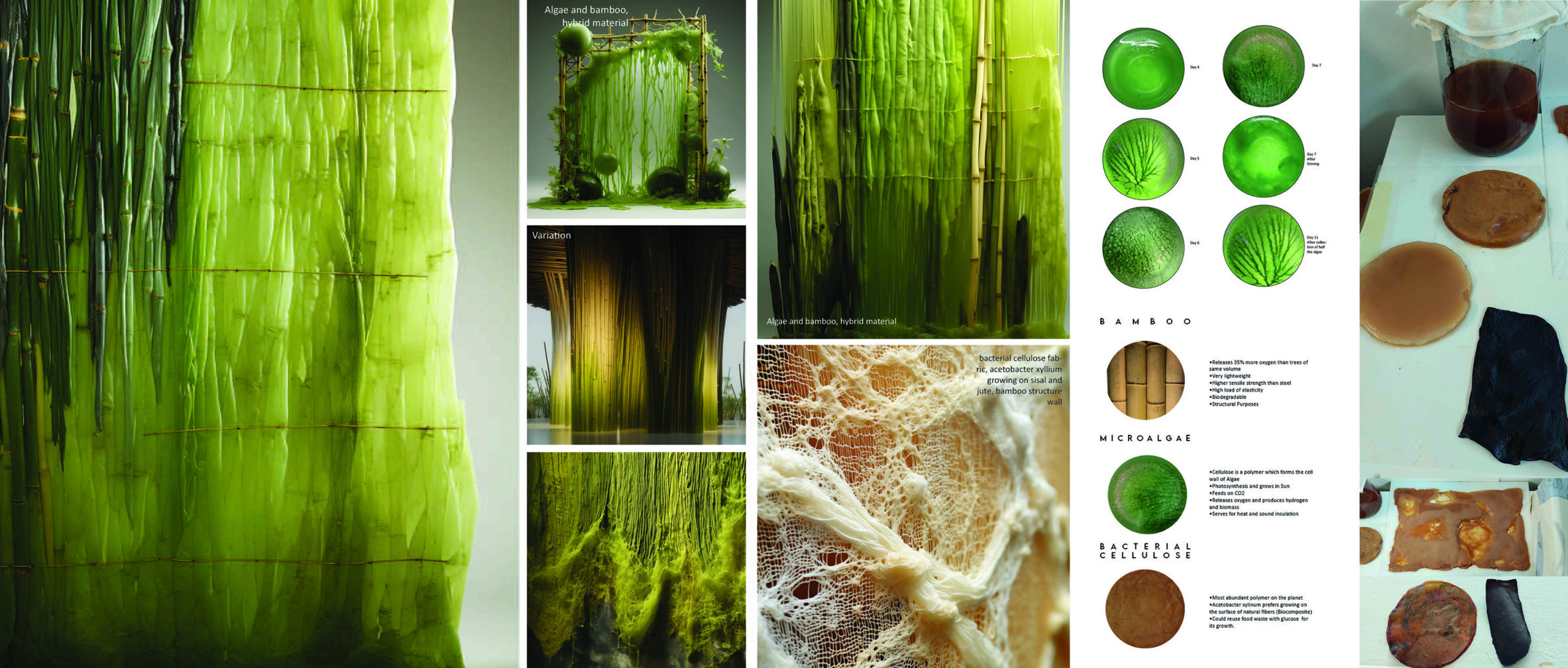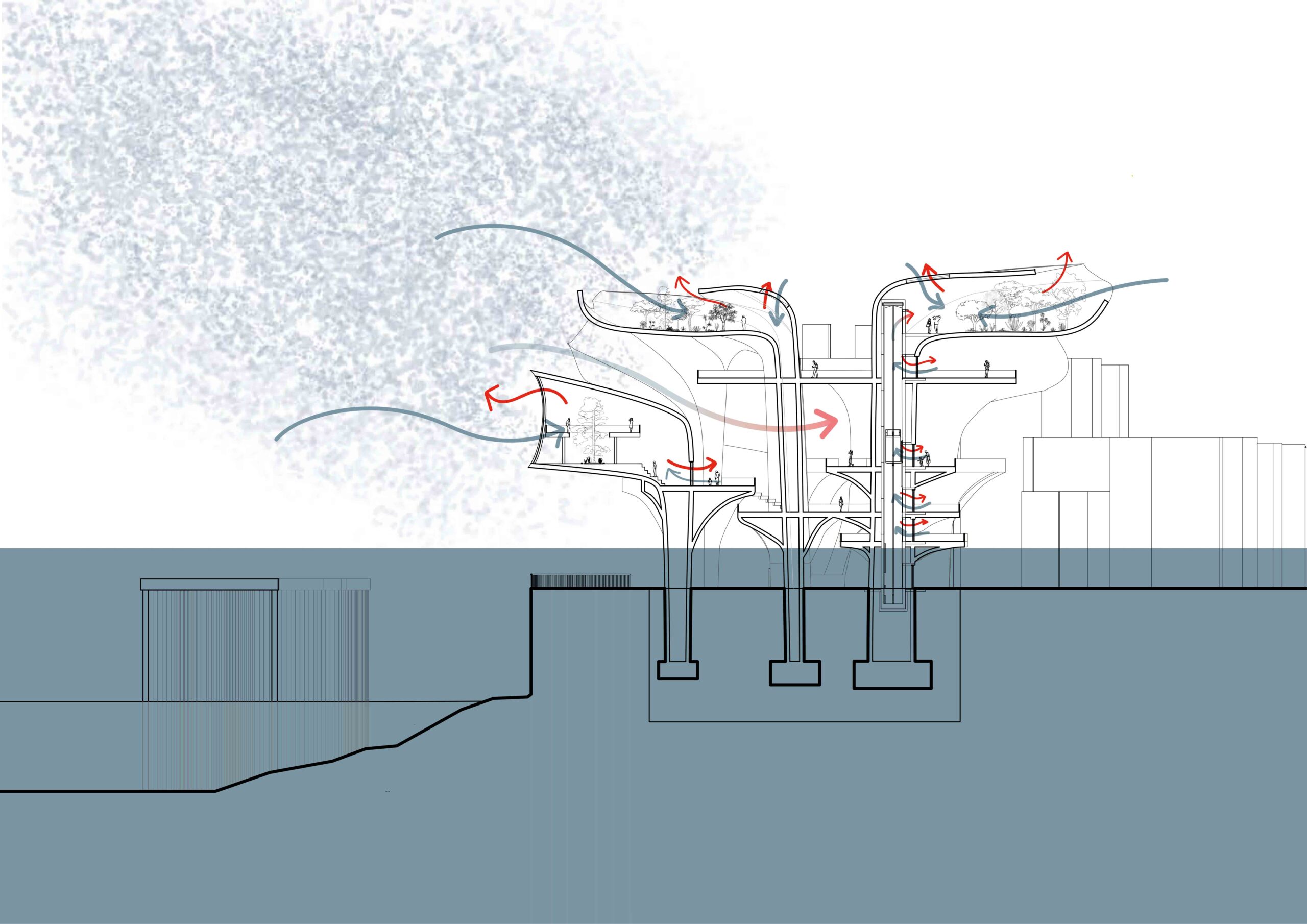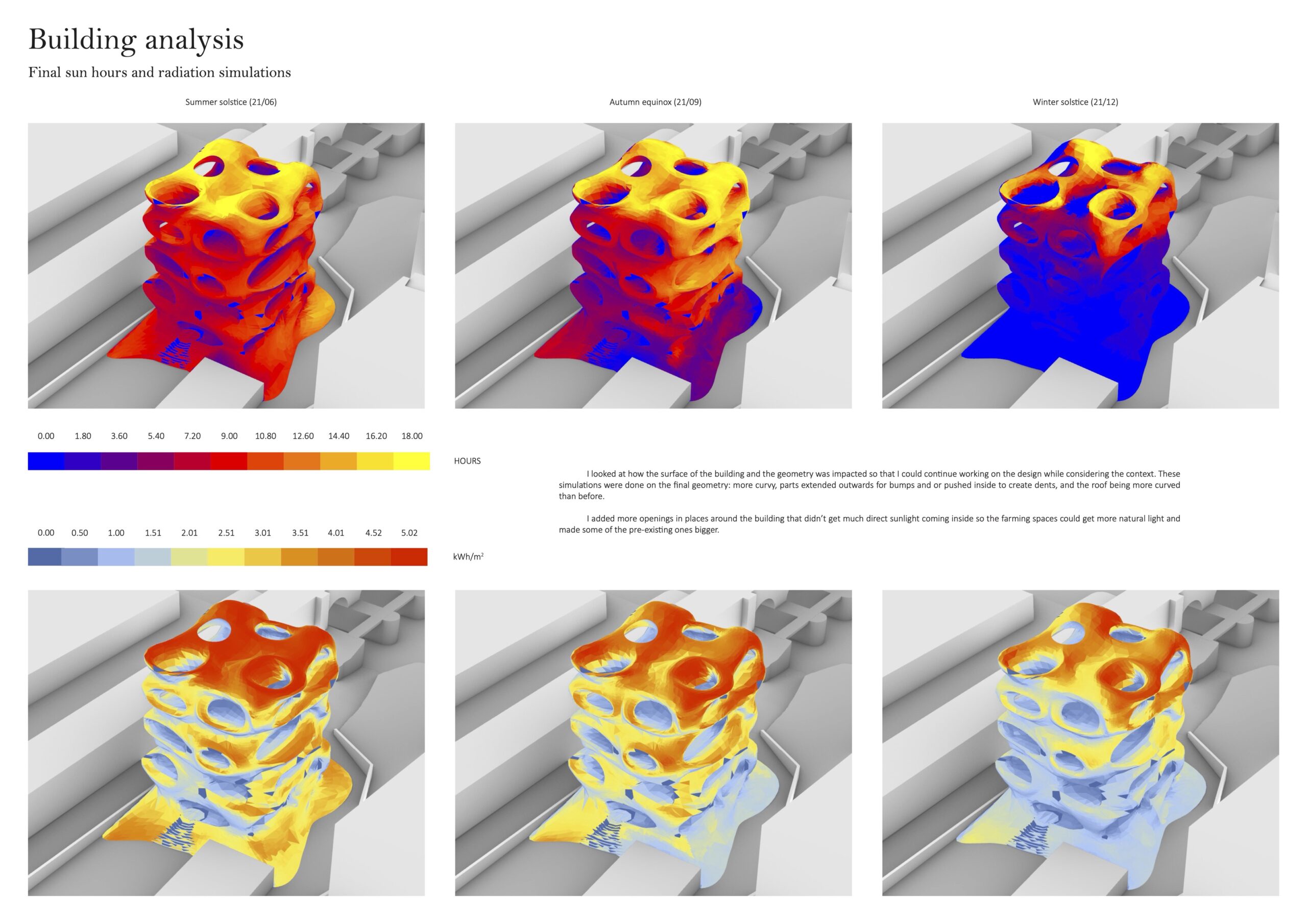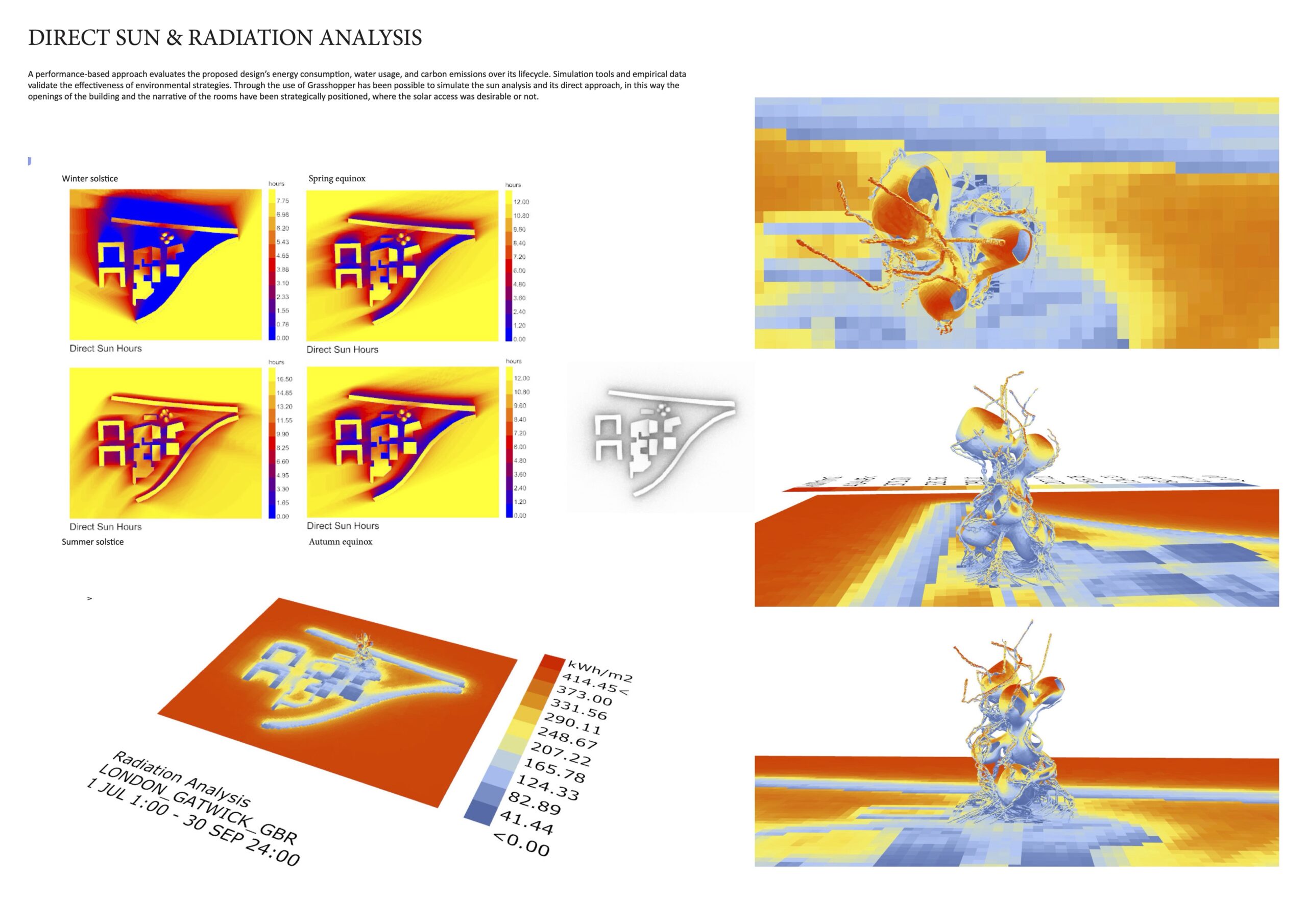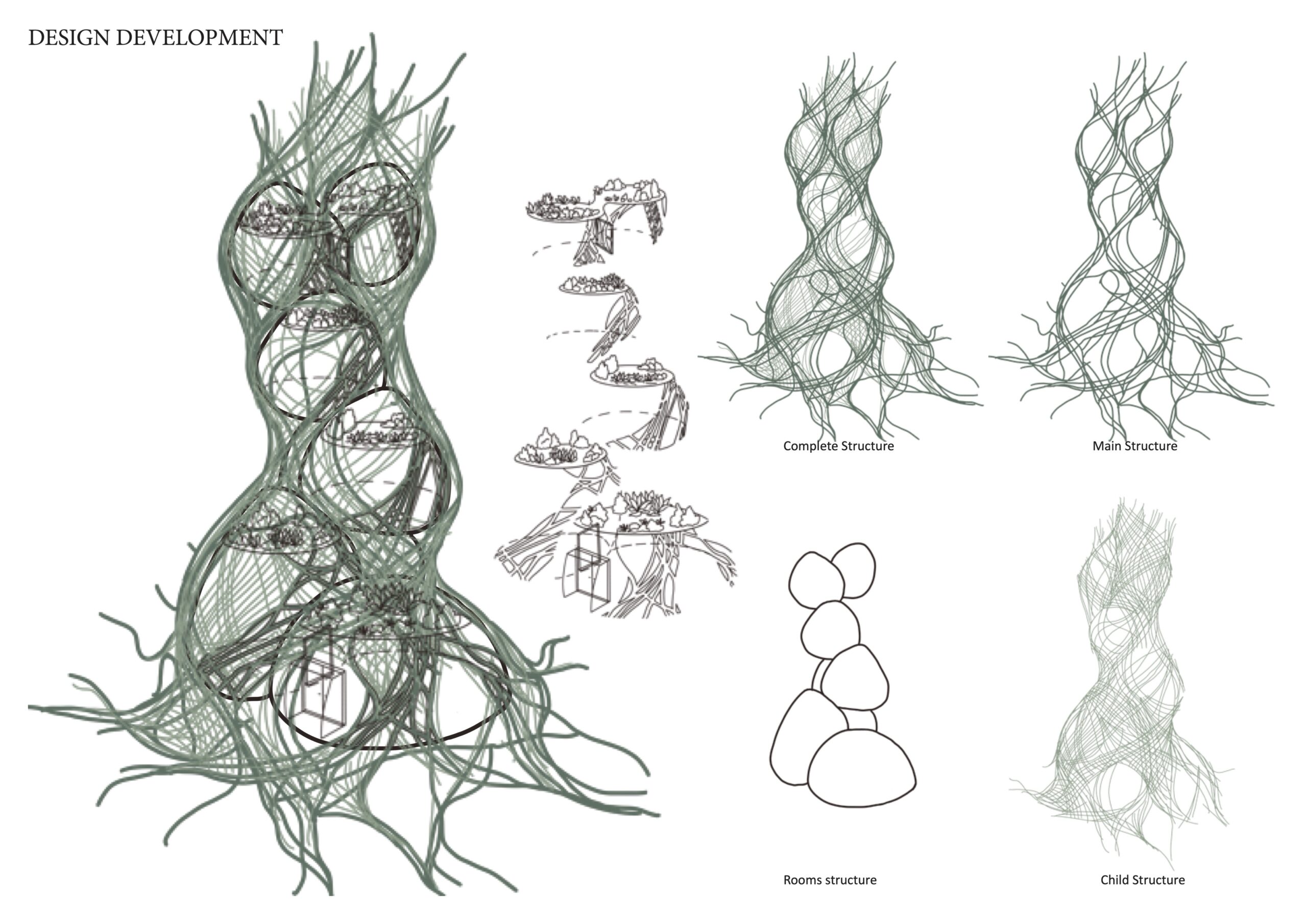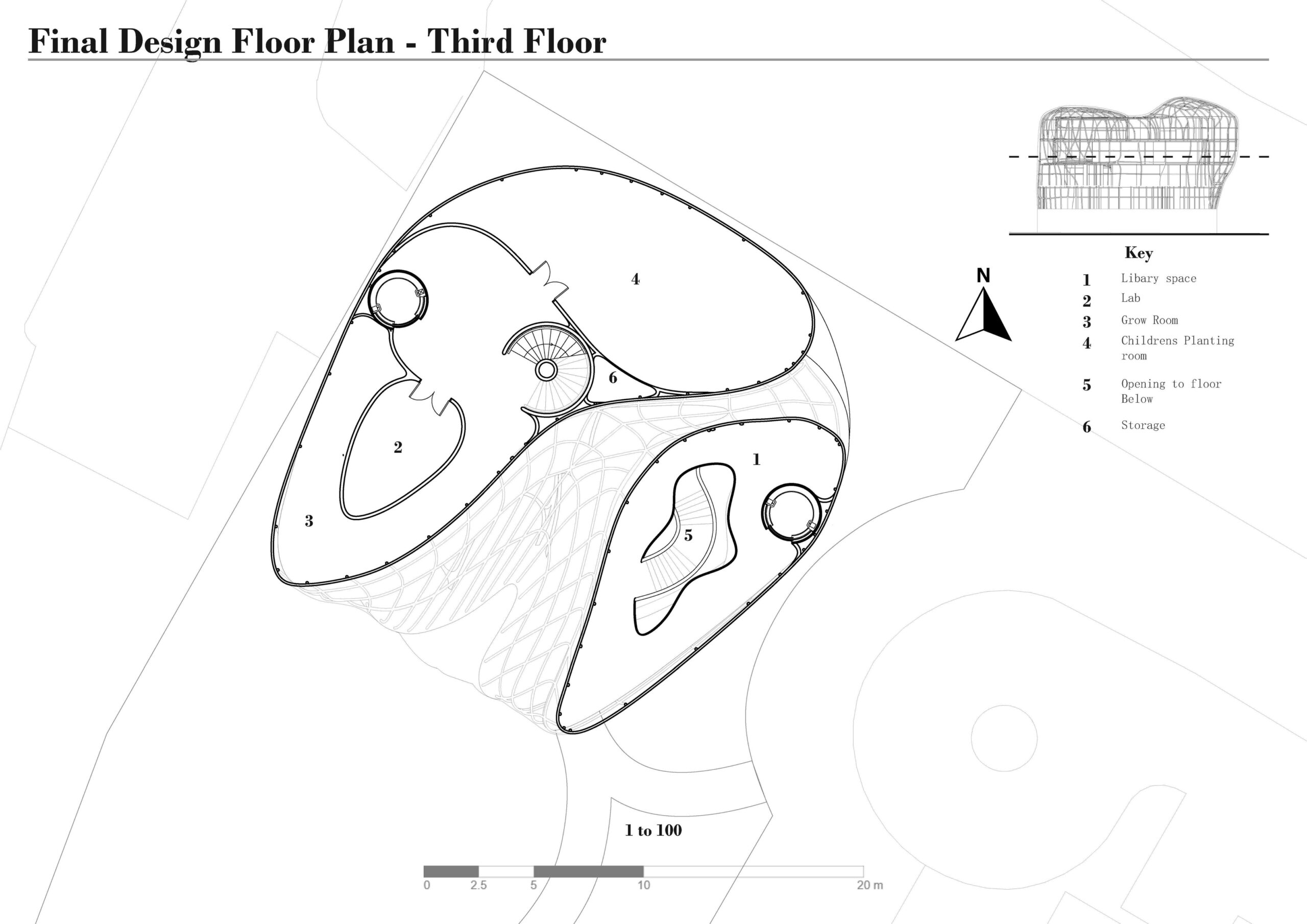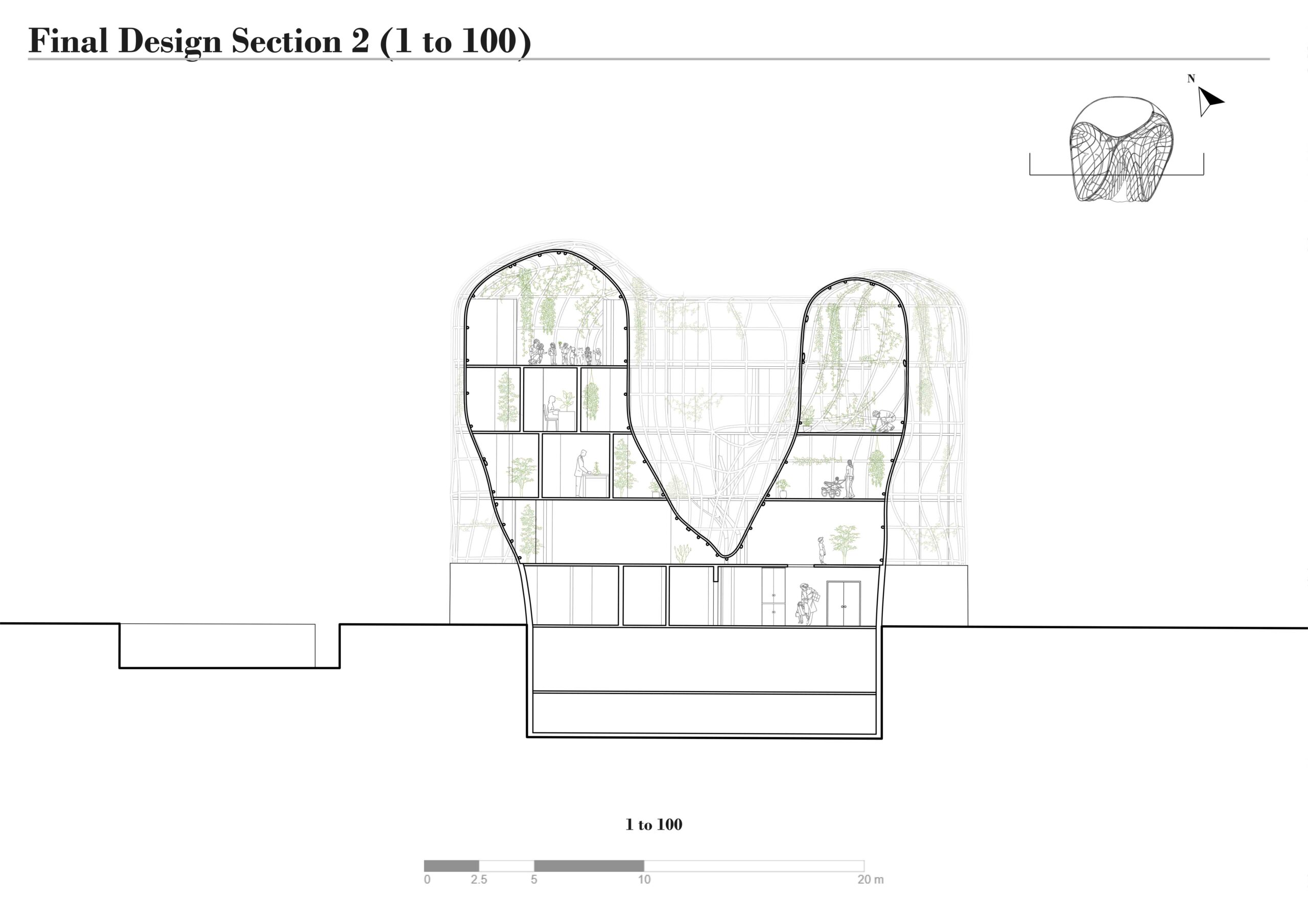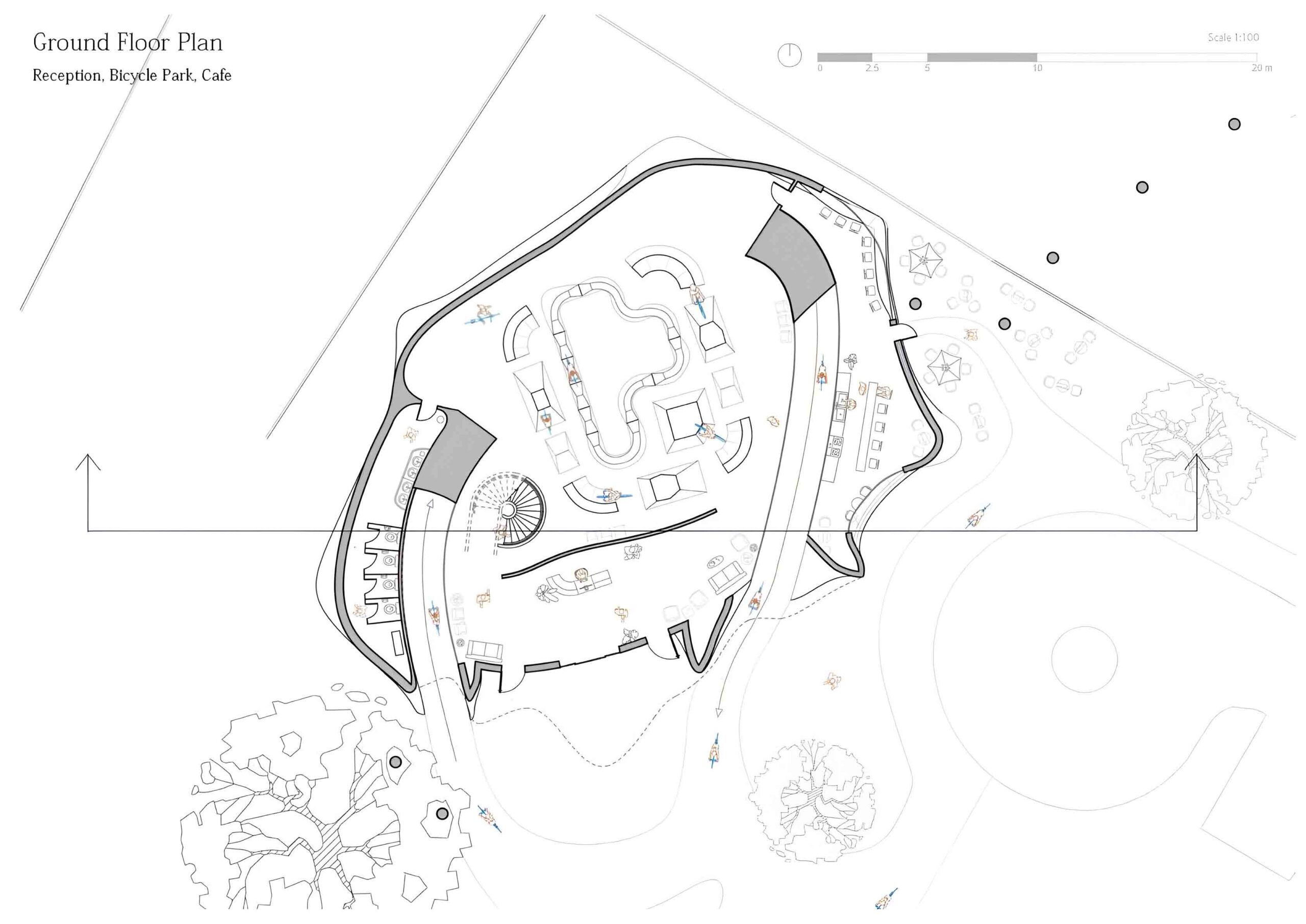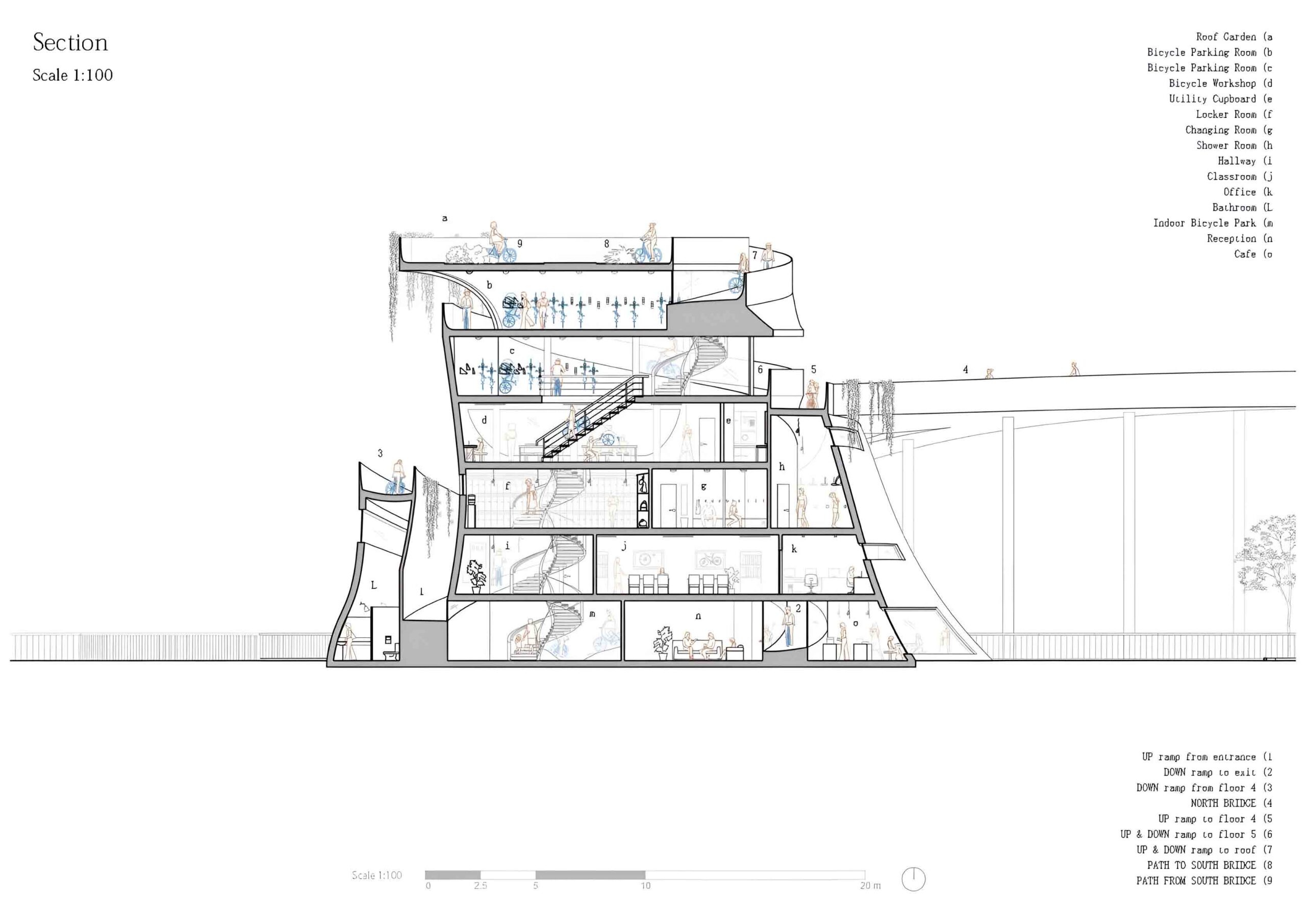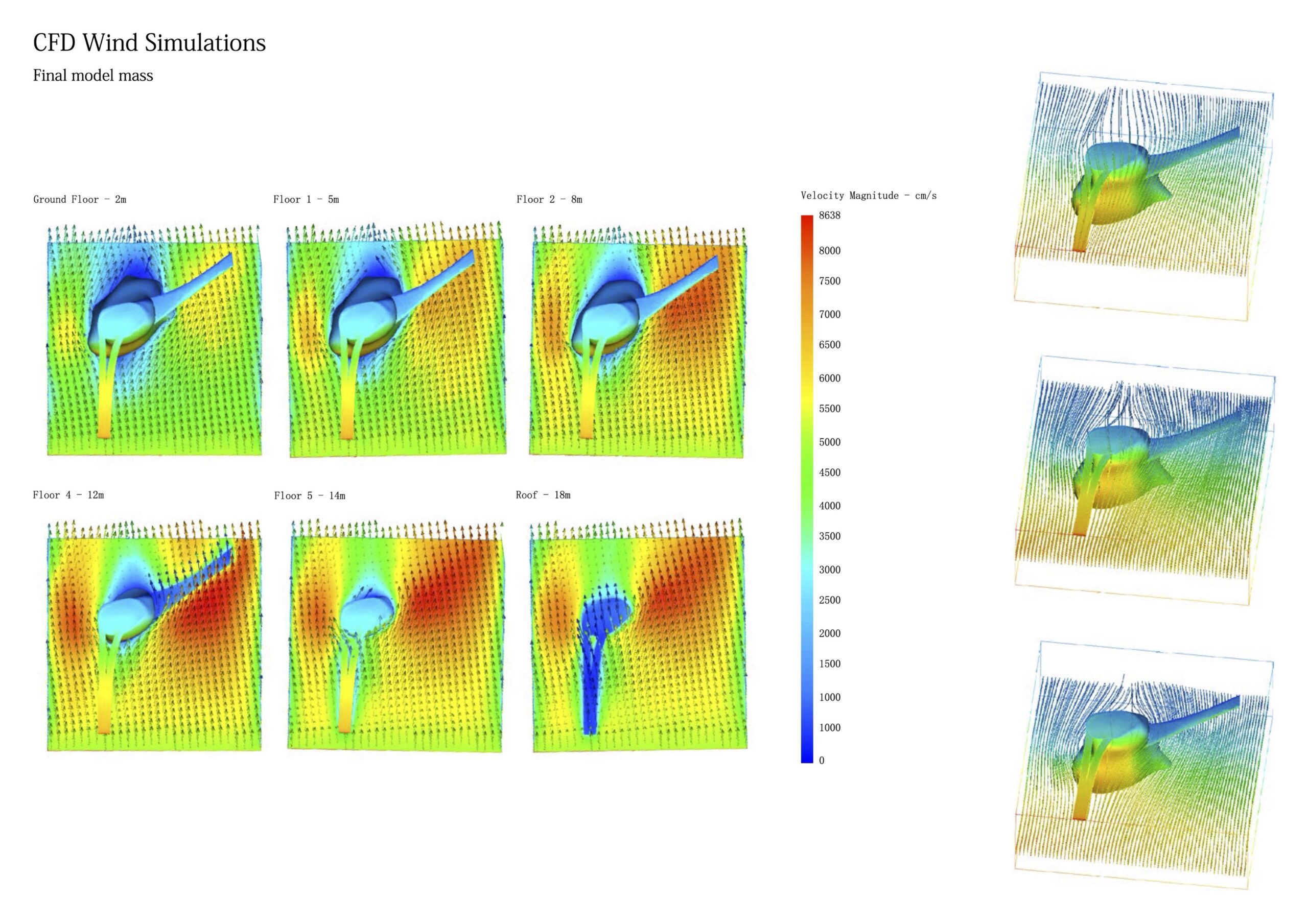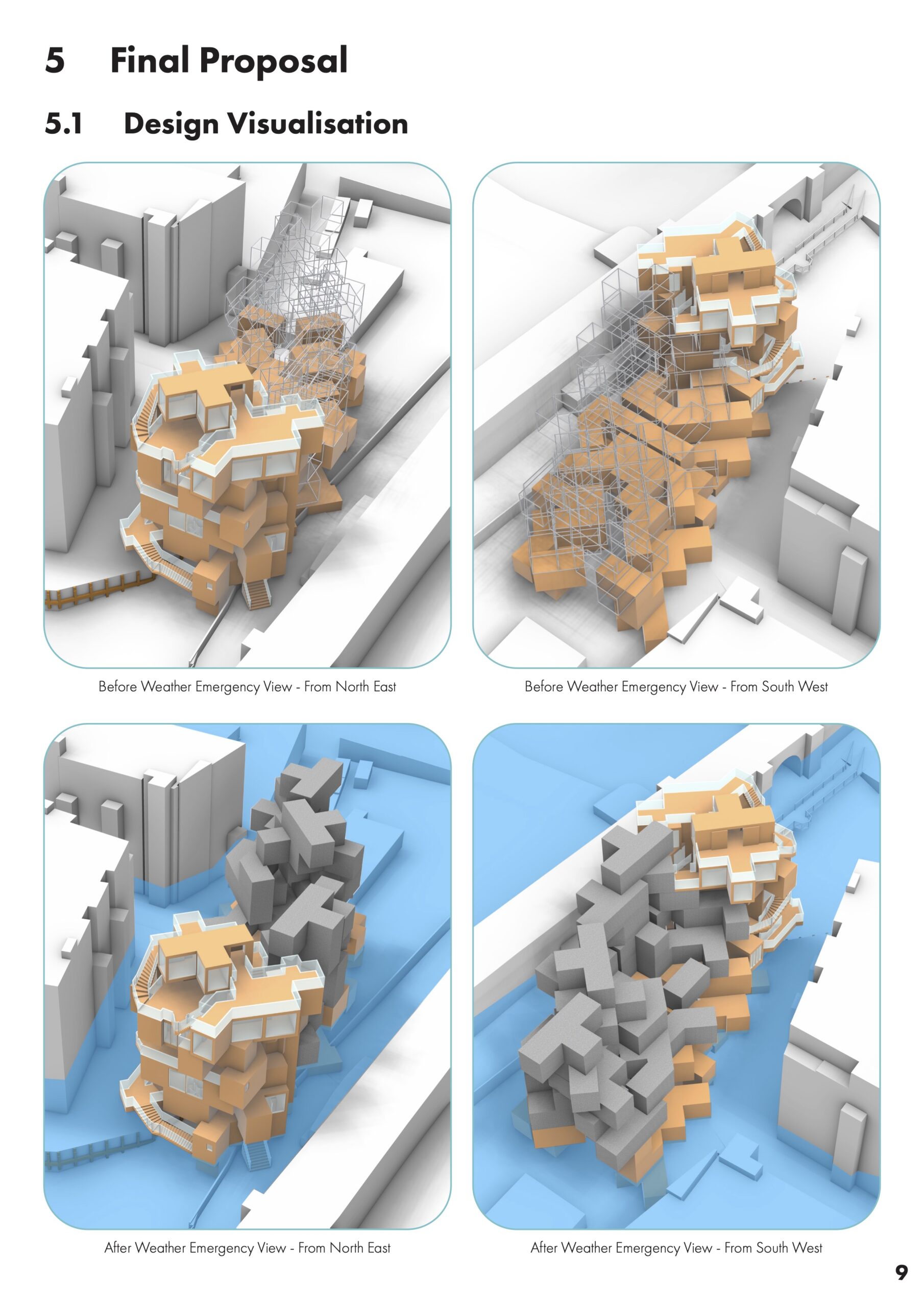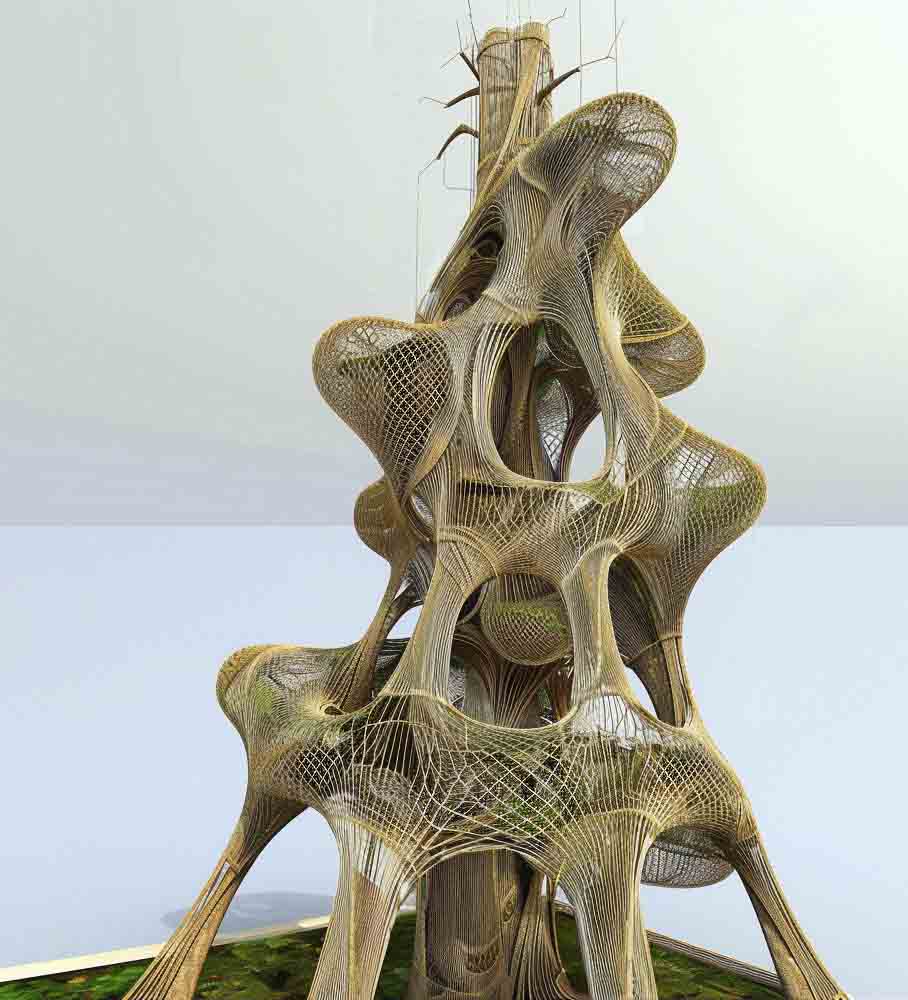BSc Architecture and Environmental Design Year 2 BSc Architecture
Stefania Boccaletti & Yota Adilenidou
Stefania Boccaletti studied, practised and taught architecture in Italy, Canada and England. Throughout her carrier as a practitioner and academic she has developed an interest in the impact of digital tools on the design and fabrication process in the field of architecture.
Yota Adilenidou studied in Greece & USA and holds a PhD from The Bartlett, UCL. She has been teaching for 16 years in Greece & UK. Her practice focuses on the research of computational methodologies and digital fabrication for the evolution and activation of matter and form.
Spatial Poetics and Human Comfort in the Age of Climate Change
Students: Aishah Ahad, Mohammad Akhtar, Hana Amin, Aliyah Aslam, Anna Breda, Amirkasra Dadbakhsh, Panteli Damai, Brandon De Abreu Gouveia, Yana Dzhatunarachchi, Bilal Farooqui, Rea Fernandes, Valentin Gegaj, John Herrera, Zuleika Jaeeros, Askar Kudaibergenov, Michelle Lai, Shivaan Naicker, Naqib Naser, Kanaz Naji, Vivien Paszti, Tiphaine Pottier, Elspeth Prowse, Momtahhena Rahman, Dharishna Reddy, Parisay Safdar, Nour Said, Peter Skulski, Gaia Spinoso, Sara Stabiglieri, Evelyn White, Nikola Zakrzewska, Ruhan Zaman
Based on concepts of transformation and application, second year students developed skills to incorporate both intuitive and evidence-based tools into their design. An evidence-based approach equipped students with tools to implement environmental design principles on top of which they could playfully develop their design proposals.
Four briefs introduced students to increasingly complex scenarios and provided them with the opportunity to learn new digital and analogue tools for understanding, simulating and representing the urban and environmental context with analytical precision. The data underpinning these exercises constituted the foundation for the development of their design proposals.
With the first brief students were asked to analyse an urban area around Kings Cross while focusing on the Google Headquarters building. They developed ways to communicate both its urban character and environmental parameters, such as light/shadow, air pollution, wind, thermal [pattern of temperatures], and acoustic [noise pollution]. The outcome of brief one was a mass evaluation strategy based on environmental data that informed the design of a new inhabitable deep skin through hybrid material strategies using AI and material prototype experiments [Brief 2].
Through the design of a Climate Change Community Centre in Deptford, Briefs 3 and 4 examined the climatic challenges that London is about to face. Students were encouraged to develop performance-based designs to make the Community Centre resilient to the challenging climatic conditions that will exist between now and 2050, and respond to potential future emergencies.
Guest Critics: Agostino Anselmo, Richard Beckett, Carine Berger Woiezechoski, Kyriakos Chatziparaskevas (Heatherwick), Mirella Dourampei (Zaha Hadid Architects), Alberto Fernandez Gonzalez, Hanshu Jia, Matthew Heywood, Mohataz Hossein, Nikoletta Karastathi, Nate Kolbe (Superfusionlab), Sahar Nava, Edoardo Ripamonti, Rofayda Salem
Special Thanks: Richard Beckett, Kyriakos Chatziparaskevas (Heatherwick), Rachel Hoolahan (Orms), Nikoletta Karastathi
Archive of Architecture and Environmental Design Year 2’s work from previous years:
BSc Architecture and Environmental Design Y2 2018-2019
BSc Architecture and Environmental Design Y2 2019-2020
BSc Architecture and Environmental Design Y2 2020-2021
BSc Architecture and Environmental Design Y2 2021-2022
BSc Architecture and Environmental Design Y2 2022-2023










